Popular culture often portrays sharks as the ocean’s greatest threat. However, statistics show that sharks cause only 5-10 human fatalities annually worldwide.
Other marine creatures pose equal or greater risks to humans. Understanding these lesser-known dangers can improve ocean safety awareness.
Lionfish: Beautiful but Potentially Deadly
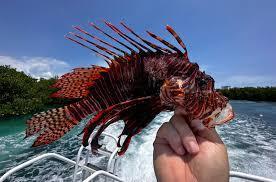
Lionfish inhabit the Indo-Pacific region, Caribbean, and Gulf of Mexico. Their colorful, striped spines contain potent venom.
While no human fatalities have been recorded, a lionfish sting can cause excruciating pain. This pain could potentially lead to drowning if it occurs while swimming.
Moray Eels: Aggressive Underwater Predators
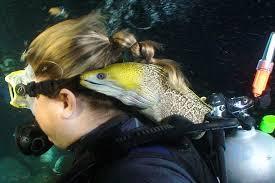
Moray eels live in warm waters of the Atlantic, Pacific, and Indian Oceans. They can grow up to 13 feet long and weigh up to 66 pounds.
While no human deaths have been attributed to moray eels, they can deliver painful bites. Their skin contains toxins that can cause illness if improperly prepared for consumption.
Flower Urchins: Deceptively Dangerous Beauty

Flower urchins inhabit the Red Sea, West Pacific Ocean, and South Pacific. The Guinness Book of World Records recognizes them as the most dangerous sea urchins.
Their venom can cause paralysis and has led to one recorded human death. Snorkelers often mistake them for harmless coral, increasing the risk of accidental contact.
Leopard Seals: Antarctic Apex Predators

Leopard seals are native to Antarctica, growing up to 11.5 feet long. They have caused one recorded human fatality and several other attacks.
Most incidents involve scientists working in their habitat. Limited human interaction due to their remote habitat may contribute to the low number of recorded incidents.
Marine Life Encounters: Statistical Overview
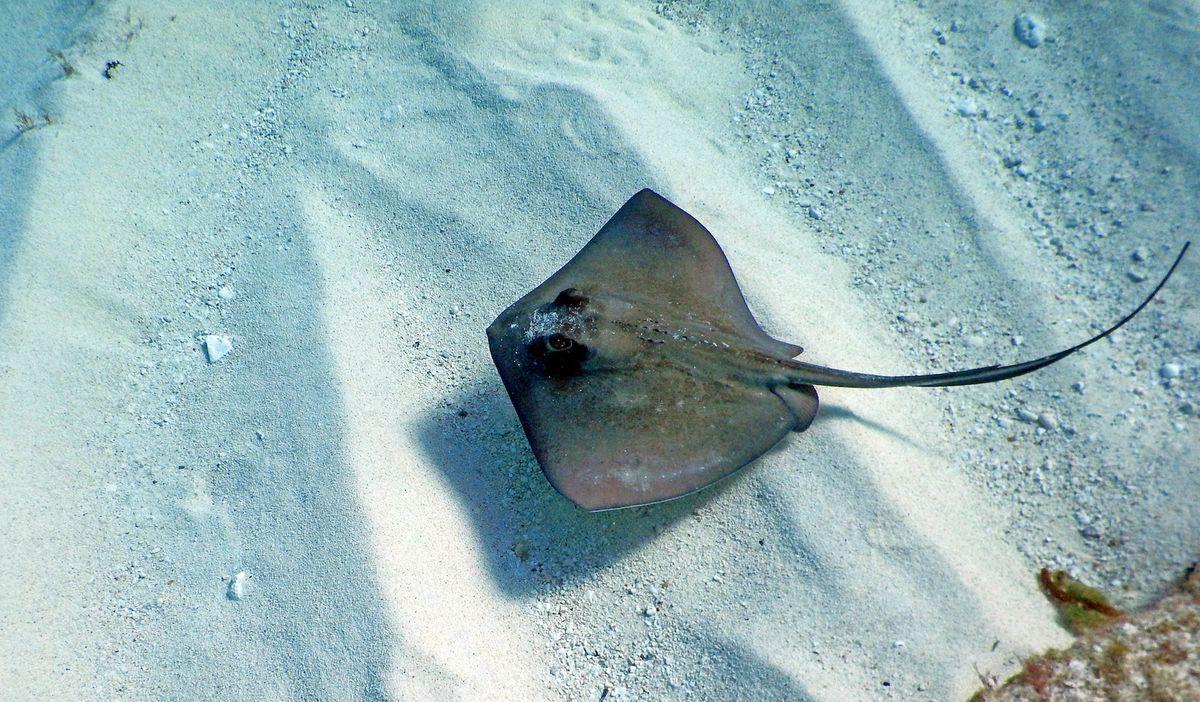
Annual global data shows approximately 60,000 human-wildlife conflict incidents in marine environments. Of these, less than 1% result in human fatalities.
Stingrays cause about 1,500 injuries annually, while jellyfish stings affect millions worldwide each year. These statistics highlight the diverse nature of marine life risks.
Venom in the Ocean: Silent Killers
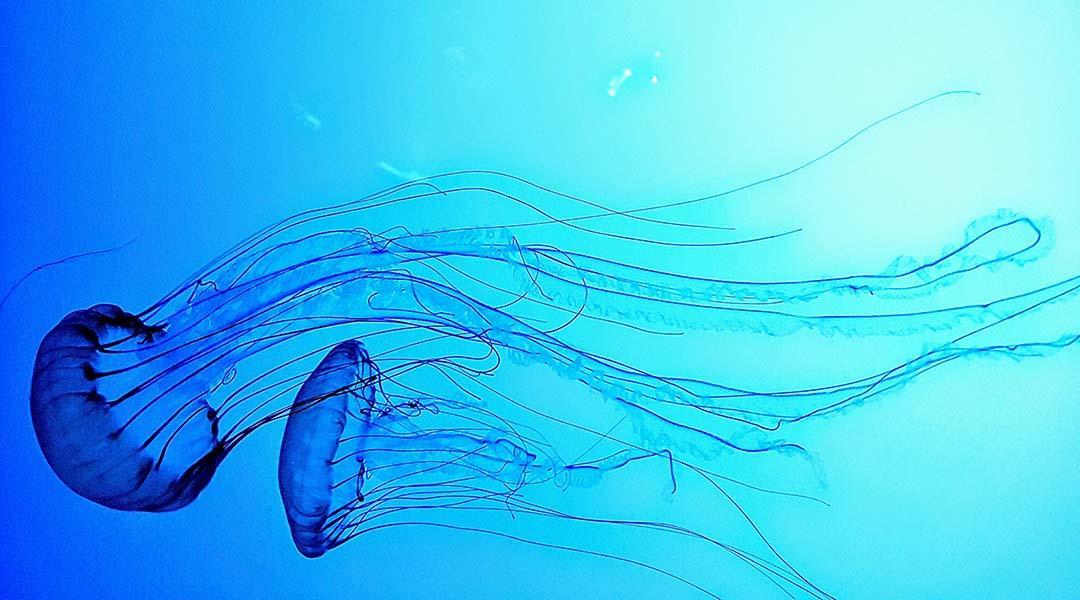
Venomous marine creatures account for thousands of human injuries annually. The box jellyfish, considered the world’s most venomous creature, causes 20-40 deaths per year in the Philippines alone.
Stonefish, the most venomous fish, causes numerous painful injuries but few fatalities due to available antivenom.
Human Activity: Increasing Marine Encounters

Growing coastal populations and marine tourism increase human-marine life interactions. Since 1980, global coastal populations have grown by 45%.
Marine tourism contributes $390 billion annually to the global economy. This increased human presence in marine environments elevates the risk of dangerous encounters.
Climate Change: Altering Marine Habitats
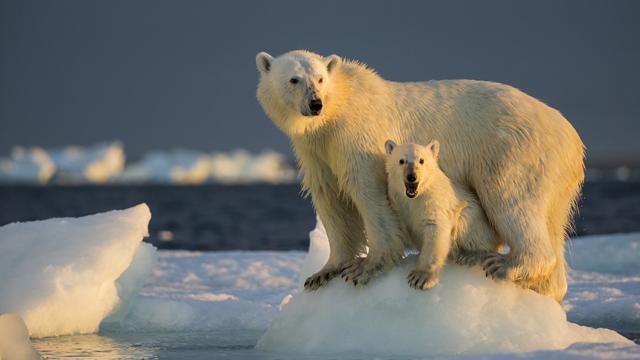
Rising ocean temperatures are changing the distribution of marine species. Some dangerous species are expanding their ranges into new areas.
For example, box jellyfish have been spotted further south along the Australian coast. These changes may lead to unexpected encounters in previously safe areas.
Ocean Safety: Education and Prevention

Marine biologists emphasize the importance of ocean safety education. Proper training can prevent up to 90% of dangerous marine life encounters.
Many coastal areas now employ warning systems for dangerous marine life. Understanding local marine ecosystems is crucial for safe ocean activities.

